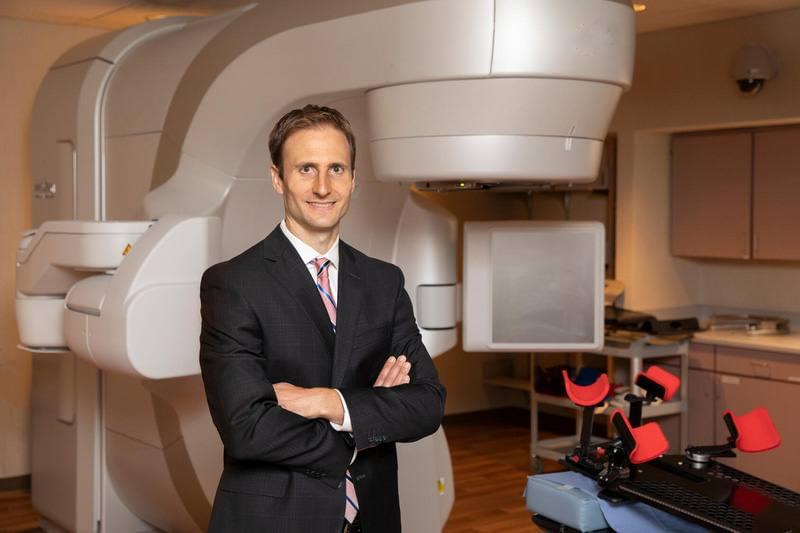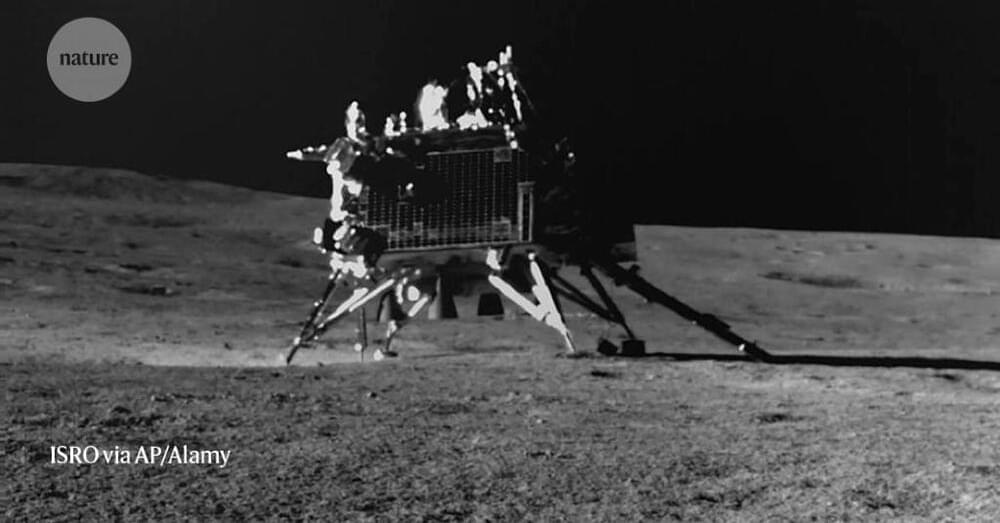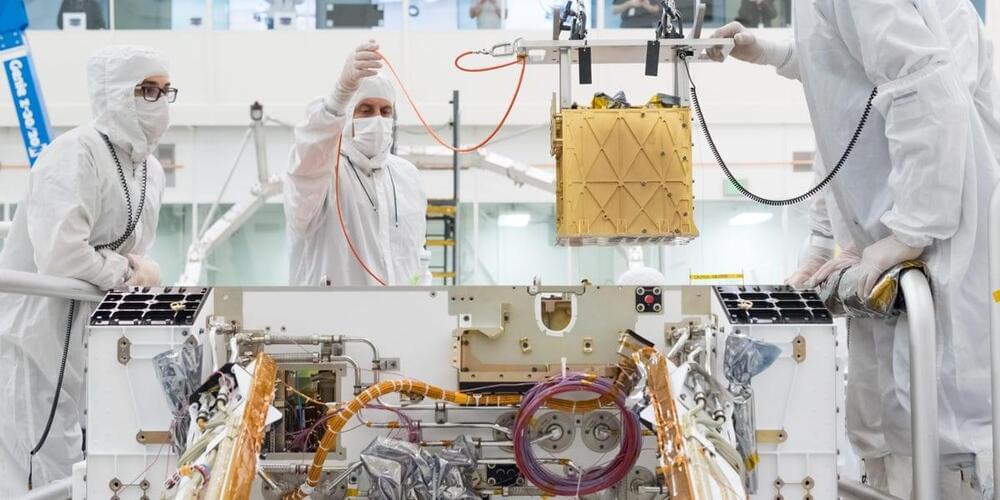NEW YORK—(BUSINESS WIRE)— Paige, a technology disruptor in healthcare, has joined forces with Microsoft in the fight against cancer, making headway in their collaboration to transform cancer diagnosis and patient care by building the world’s largest image-based artificial intelligence (AI) models for digital pathology and oncology.
“Unleashing the power of AI is a game changer in advancing healthcare to improve lives.” Tweet this
Paige, a global leader in end-to-end digital pathology solutions and clinical AI, developed the first Large Foundation Model using over one billion images from half a million pathology slides across multiple cancer types. Paige is developing with Microsoft a new AI model that is orders-of-magnitude larger than any other image-based AI model existing today, configured with billions of parameters. This model assists in capturing the subtle complexities of cancer and serves as the cornerstone for the next generation of clinical applications and computational biomarkers that push the boundaries of oncology and pathology.






